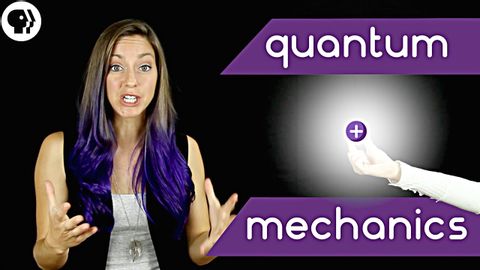紫外線のカタストロフィー (The Ultraviolet Catastrophe)
Rocky が 2021 年 01 月 14 日 に投稿  この条件に一致する単語はありません
この条件に一致する単語はありません- v.t.(人を騙すために)ふりをする : 装う;仮定する : 推測する;(責任 : 任務などを)負う : 引き受ける
- n. (c./u.)手段 : 方策;計量器;単位;程度;小節
- v.t.評定する : 見積もる;測る;対策を講じる
US /rɪˈflɛkt/
・
UK /rɪ'flekt/
- v.t./i.表示する;反射する;反映する;熟考する
エネルギーを使用
すべての単語を解除
発音・解説・フィルター機能を解除

